Guides
9 Essential Summer Garden Checklists: Keep Your Plants Thriving All Season
Are you feeling overwhelmed by the thought of keeping your garden lush and healthy during the scorching summer months? You’re not alone! Many gardeners struggle to maintain their plants’ vitality when the temperatures soar. But don’t worry, I’ve got you covered. In this summer garden checklist, I’ll guide you through the essential steps to keep your garden thriving all season long. Whether you’re a seasoned gardener or just starting out, this guide will help you create a thriving, beautiful garden throughout the hottest months.
Why Is Summer Garden Care Important?
Summer is a challenging time for gardeners. The heat, dry conditions, and longer days can put a strain on your plants. But with the right techniques, you can not only survive the summer heat but also help your garden flourish. From regular watering to pest control, summer garden care is about staying proactive, so your plants stay strong and healthy.
Let’s dive into the essential summer garden checklist to keep your plants thriving:
1. Watering Wisely: The Key to Healthy Plants
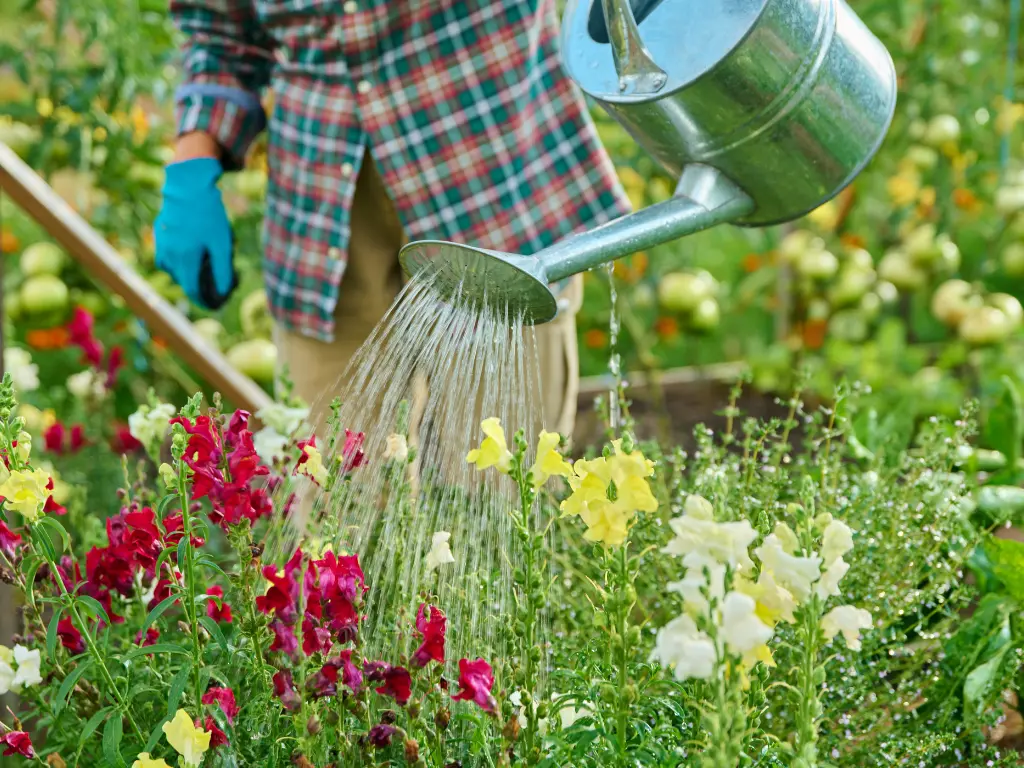
When the temperature rises, proper watering is one of the most important factors in ensuring your plants thrive. But overwatering or underwatering can harm your plants. So, how do you get it right?
-
Deep Watering: Water your plants deeply, but less frequently. Shallow watering encourages roots to stay near the surface, making plants more susceptible to drought. Deep watering helps roots grow deeper into the soil, making them more resilient to heat.
-
Morning Watering: Water your plants early in the morning when temperatures are cooler. This reduces evaporation and ensures the plants get the moisture they need to thrive.
-
Watering Frequency: In the summer heat, plants may need more frequent watering, but always check your soil first. Stick your finger into the soil to check if it’s dry a few inches below the surface.
2. Mulching for Moisture Retention
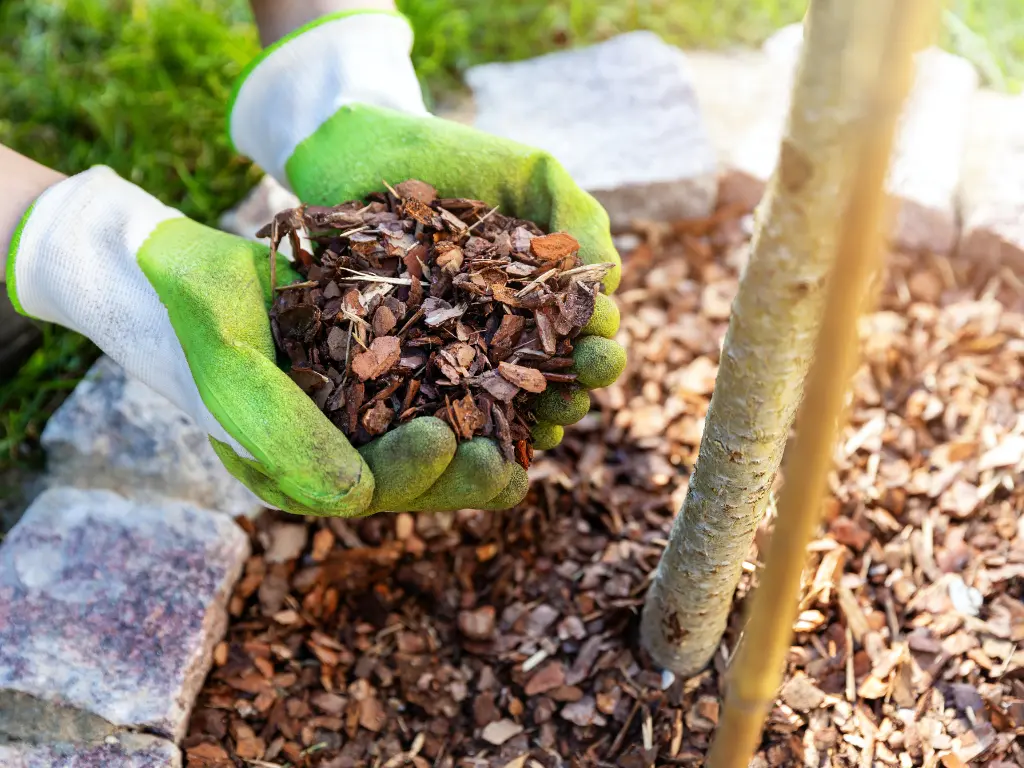
Mulch is your best friend during the summer months. Applying a layer of mulch around your plants helps retain moisture, regulates soil temperature, and reduces the growth of weeds. Organic mulches like wood chips or straw are ideal for summer gardening because they not only help keep moisture in but also decompose over time, enriching the soil.
-
Why It Works: Mulch helps keep the soil cool by reducing evaporation. It also insulates plant roots from extreme heat, preventing the soil from drying out too quickly.
-
How to Apply: Apply a 2-3 inch layer of mulch around your plants, being careful not to cover the plant stems.
3. Keep Weeds in Check
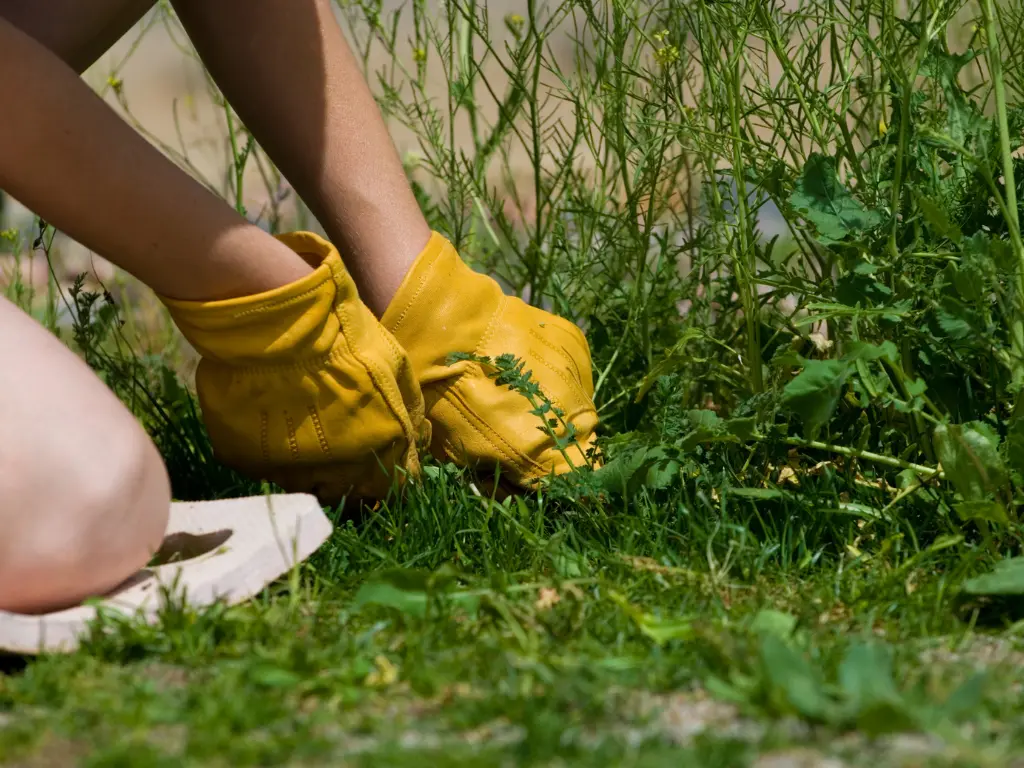
Weeds can quickly take over your garden, stealing nutrients, water, and sunlight from your plants. In the summer heat, they grow even faster, so it’s essential to stay on top of them.
-
Weeding Regularly: Hand-pull weeds as soon as you spot them. Don’t let them establish deep roots.
-
Use Mulch: A good layer of mulch will also help smother weeds, keeping them from sprouting.
4. Fertilizing: Give Your Plants the Boost They Need
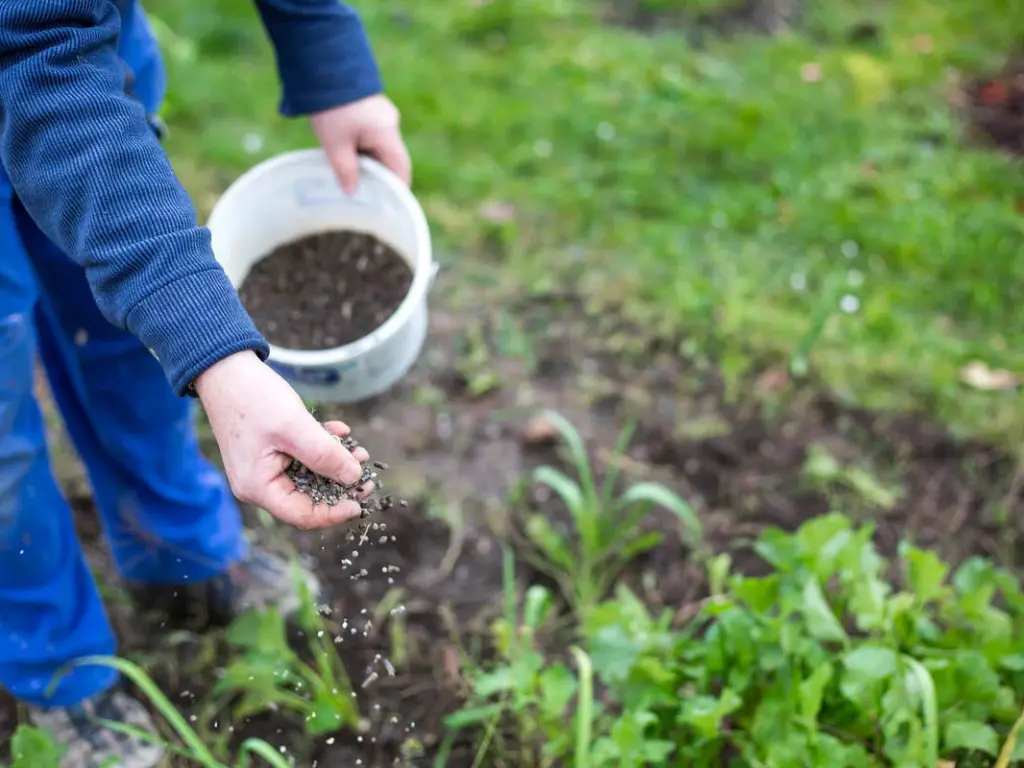
Summer is when plants are growing the fastest, and they require extra nutrients to keep up. Fertilizing at the right time can help them stay strong and healthy.
-
Choose the Right Fertilizer: Look for a balanced fertilizer with equal parts nitrogen, phosphorus, and potassium. For plants that are particularly nutrient-hungry, like tomatoes or peppers, you may want a fertilizer with higher phosphorus and potassium levels.
-
How to Fertilize: Apply fertilizer early in the morning or late in the evening to avoid burning your plants in the heat of the day.
5. Deadheading Spent Flowers
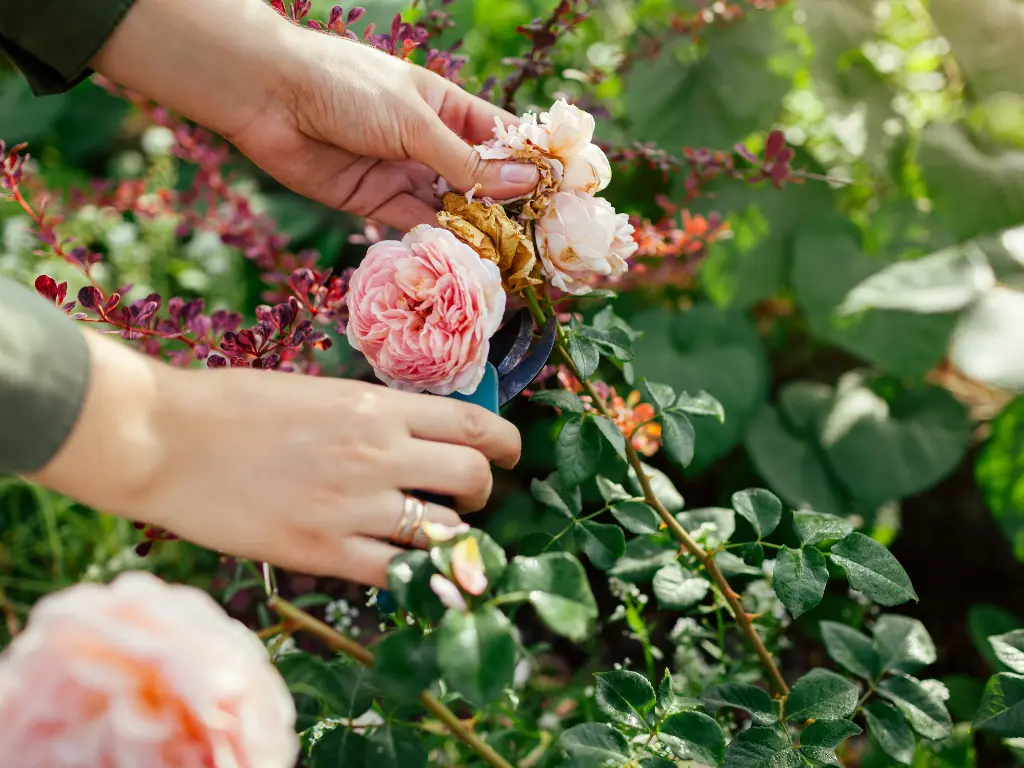
Removing spent flowers, or deadheading, is an easy way to encourage your plants to keep blooming. When flowers start to wilt, they can drain energy from the plant, preventing new blooms from forming. By cutting them off, you’re helping your plants conserve energy for new growth.
-
When to Deadhead: Regularly remove faded or dead flowers to keep your plants looking fresh.
-
How to Do It: Use sharp scissors or pruners to cut back the spent blooms just above a set of healthy leaves.
6. Pest and Disease Control
Summer brings more pests and diseases, but with a proactive approach, you can keep them at bay. The key to managing pests and diseases is early detection and natural treatment methods.
-
Inspect Regularly: Check your plants regularly for signs of pests like aphids, caterpillars, or spider mites.
-
Natural Remedies: Use organic insecticidal soap, neem oil, or diatomaceous earth to treat pests. These are safe for the environment and won’t harm beneficial insects like bees or ladybugs.
7. Pruning and Supporting Plants
Pruning and providing support for your plants is vital to maintain healthy growth during the summer months. It helps prevent diseases, encourages airflow, and supports plant structure.
-
Pruning: Trim away any dead or damaged branches to promote healthy new growth. Prune flowering plants after they bloom to encourage more flowers.
-
Support Tall Plants: Use stakes or cages to support tall plants like tomatoes or sunflowers, preventing them from falling over or getting damaged in strong winds.
8. Refreshing Containers and Planters
If you’re growing plants in containers, the summer heat can cause the soil to dry out quickly. Additionally, plants in containers often need more attention than those in the ground.
-
Container Care Tips: Ensure your containers have drainage holes, and water them regularly to prevent the soil from drying out. Refresh the soil if necessary, replacing it with a high-quality potting mix.
9. Preparing for Vacation
Going on vacation but worried about your garden? There are a few simple steps you can take to ensure your plants survive while you’re away.
-
Watering System: Invest in a self-watering system or set up a drip irrigation system to keep your plants hydrated while you’re gone.
-
Ask a Friend for Help: If you don’t have an automatic watering system, ask a friend or neighbor to check on your plants.
Conclusion: Your Summer Garden Success Awaits
By following this summer garden checklist, you’ll be well on your way to having a healthy, vibrant garden all season long. With a little effort and attention, you can enjoy the fruits of your labor throughout the summer.
Remember, summer gardening isn’t just about survival; it’s about thriving. Stay on top of watering, mulching, weeding, and pest control, and your plants will thank you with lush foliage, vibrant blooms, and delicious produce.
So, grab your tools and start checking off those items on your summer garden checklist today! Your plants will be healthier, your garden more beautiful, and you’ll feel proud of all the hard work you’ve put in.
This summer garden checklist isn’t just about keeping your plants alive – it’s about making them thrive. You’ll create a garden that flourishes no matter how hot the summer gets. If you’re looking for more gardening tips, check out our other articles on container gardening, seasonal plant care, and organic pest control. Happy gardening!
You may like:
- Ultimate Summer Care for Calamondin Tree
- Summer Houseplant Care: 7 Smart Tips for Lush Green Leaves
- Glencoe Raspberry Care in Summer: The Ultimate Guide to Watering, Fertilizing, and Pruning in June
- 5 Perennials to Plant in May for Summer Splendor
- 7 Simple Summer Lawn Care Tips to Keep Your Lawn Green and Healthy This Summer

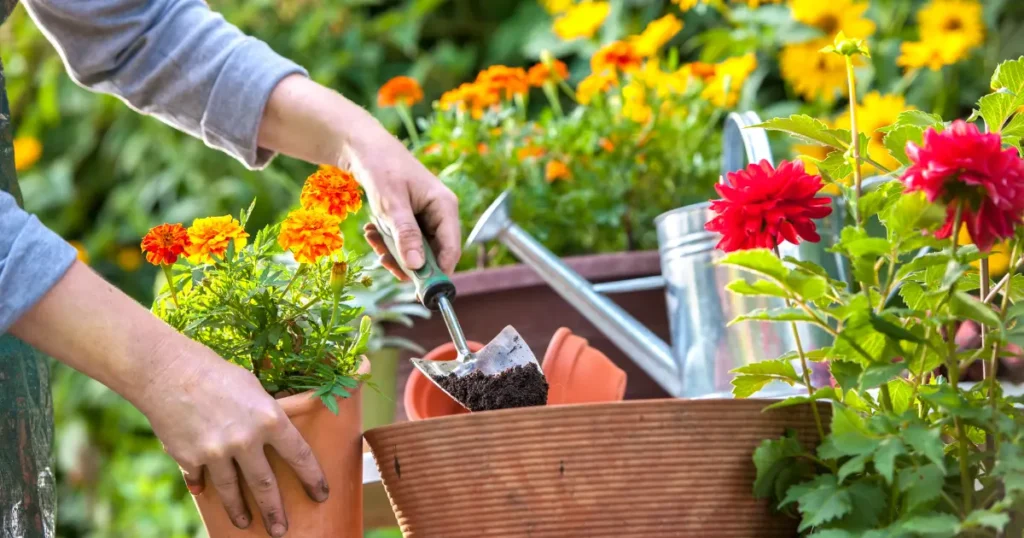
7 Vegetables to Plant in December for a Bountiful Winter Harvest
Winter gardening is a challenge many new gardeners shy away from. But if you’re among [...]
Dec
9 Common Christmas Cactus Problems and How to Fix Them
Have you ever walked past your Christmas cactus and wondered why it suddenly looks sad? [...]
Nov
Swedish Ivy Care: How to Grow a Healthy, Thriving Plant
Have you ever looked at your Swedish Ivy and wondered why the leaves are turning [...]
Nov
Avoid These 10 Garlic Planting Mistakes for Bigger, Healthier Bulbs
Growing garlic at home is one of the most satisfying things a gardener can do [...]
Nov
How to Prevent Christmas Cactus Bud Drop: Tips for a Healthy Bloom
Have you ever noticed your beautiful Christmas cactus (Schlumbergera) starting to lose its buds just [...]
Nov
Discover 7 Stunning Types of Night-Blooming Cereus
Have you ever waited for a flower that only opens at night and then disappears [...]
Nov